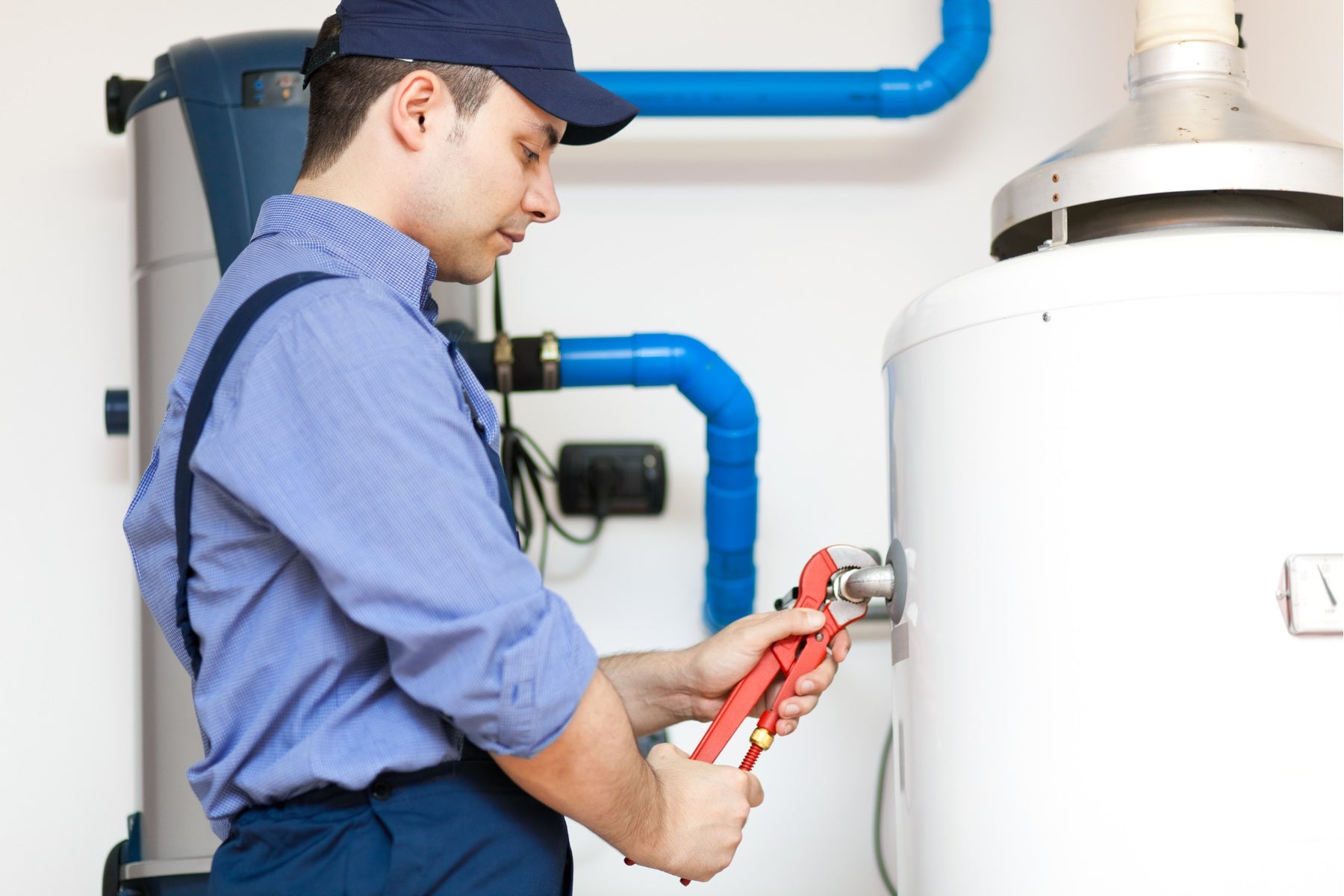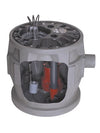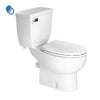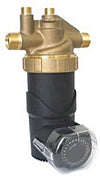
How Often Should You Drain Your Water Heater?
Unlike tankless water heaters, sediment can build up in your water heater tank and reduce efficiency, lower hot water output, and even cause premature failure. To prevent these issues and replace these parts, it's important to periodically drain your water heater.
But how often should you drain your water heater? Generally, it's recommended at least once a year. However, the exact frequency depends on several factors: the hardness of your water, the age of your water heater, and your household's hot water usage.
While knowing how often should you flush your water heater is important, it’s just the tip of the iceberg in water heater maintenance. In this blog post, we'll explore the importance of draining your water heater, the factors influencing how often you should do it, and the steps involved in the process.
Why You Need to Flush Hot Water Heater
Understanding why draining your water heater is necessary maintenance is as important as knowing how often should you drain your water heater. Over time, sediment—mainly minerals like calcium and magnesium—accumulates at the bottom of your water heater tank. This sediment buildup can cause various problems:
- Reduced efficiency: Sediment acts as an insulator, making it harder for your water heater to heat the water.
- Decreased hot water supply: As sediment takes up space in the tank, there's less room for hot water.
- Premature wear and tear: Sediment can also cause corrosion and damage to the tank's interior, leading to leaks and a shortened lifespan for your water heater.
- Noisy operation: A buildup of sediment can cause your water heater to make banging or rumbling noises as the water heats up and expands.
When you flush a water heater regularly, you save money, extend the life of your appliance, and ensure a consistent hot water supply for your home. Adding it to your home maintenance checklist prevents costly water heater repairs and replacements.

Image Source: Canva
Factors Influencing Water Heater Drain Frequency
While the general recommendation is to drain your water heater at least once a year, several factors can influence how often should you flush your water heater.
Water Hardness
The hardness of your water plays a significant role in sediment buildup and directly affects how often you should drain your water heater. Hard water contains higher levels of minerals like calcium and magnesium, which contribute to faster sediment accumulation in your water heater tank.
Water Heater Age
Older water heaters may be more susceptible to sediment buildup and corrosion due to wear and tear over time. If your water heater is nearing the end of its expected lifespan (typically eight to 12 years), it is better to drain it more frequently to prevent potential issues.
Manufacturer Recommendations
Always consult your water heater's owner's manual for specific frequency on flushing your water heater. The manufacturer may provide guidelines on drain frequency based on the model and your local water conditions.

Image Source: Canva
How to Drain Your Water Heater
Instead of asking, “Are you supposed to flush your water heater?” you should ask how. Learning how to flush a hot water heater might seem daunting, but it's a relatively straightforward process that most homeowners can handle with a few basic tools. Here's a step-by-step guide to help you.
1. Safety First
Before you begin to flush a water heater, turn off the power supply to your water heater. For an electric water heater, switch off the breaker in your electrical panel. For a gas water heater, turn the thermostat to the "pilot" setting. Allow the water in the tank to cool down for a few hours before draining to avoid burns.
2. Prepare for Draining
Gather your supplies. You'll need a garden hose, bucket, and possibly a wrench to open the drain valve. Locate the drain valve, usually found near the bottom of the water heater tank. Attach one end of the garden hose to the drain valve, and place the other end in a floor drain, outside, or in a bucket.
3. Drain the Tank
Slowly turn the drain valve to allow the water to flow out of the tank. Keep an eye on the water flowing out of the hose, as you might notice some sediment and debris.
4. Flush the Tank
Once the water flow slows down, partially close the drain valve, then turn on a hot water tap somewhere in your house to allow fresh water to flow into the water heater tank and flush out any remaining sediment. Repeat this process a few times until the water flowing runs clear.
5. Refill and Restart
After flushing, make sure the drain valve is completely closed, and disconnect the garden hose from the drain valve. Turn on the cold water supply to the water heater and allow the tank to fill completely.
Now you can restore power to your water heater. Note: Natural gas water heaters and electric water heaters work differently. Find out specific instructions for either before draining your heater.
Water Heater Acting Up? NYDirect Has the Parts You Need!
Even if you know how often should you drain your water heater and perform other essential maintenance, there may come a time when you need replacement parts. Whether you're facing a leak valve, a faulty thermostat, or needing a new heating element, NYDirect provides the high-quality water heater parts you need.
We stock a wide selection of components for all major brands, ensuring you can find the right fit for your specific model. You can also join our Pro Membership program for free and unlock exclusive discounts on all your water heater parts and other essential plumbing supplies.
Contact NYDirect today for a seamless and efficient solution to your water heater part needs.
Shop Popular Brands
America's Leading
Plumbing Supplies Retailer
Save big on plumbing essentials with
our wholesale prices!









Leave a comment